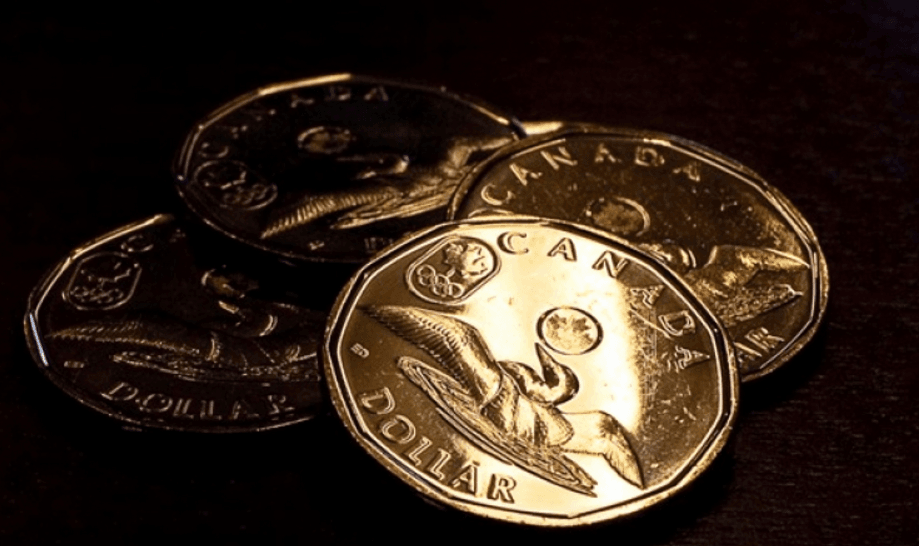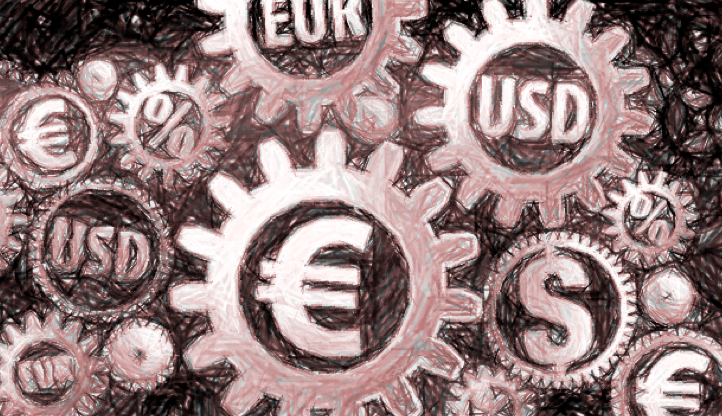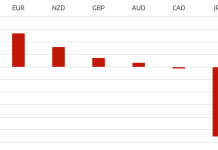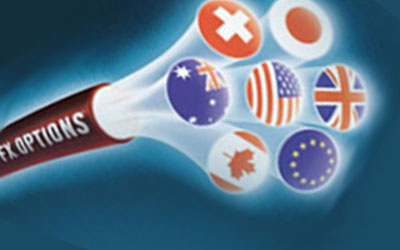
Holding firm on his campaign promise, US President Donald Trump is expected to announce by the stroke of the pen the authorization necessary to begin the renegotiation of key free trade agreements. First on his list is the North American Free Trade Agreement, better known as NAFTA. For those unfamiliar with the context, NAFTA was the brainchild of the Clinton Administration, designed to facilitate the freer flow of goods and services across America’s northern border with Canada and southern border with Mexico.
Originally instated as a means to ease the flow of capital, intellectual property, along with reducing or completely eliminating most tariffs on trade, NAFTA has long been a target of Trump’s campaign against globalization and free trade deals. Despite the fact that Canada does not necessarily abuse this relationship, America’s northern neighbor will nevertheless be subject and party to any proposed renegotiation. Although not accused of dumping or other anticompetitive behaviors, any increased restrictions on trade or higher tariffs could bode poorly for the country.
CAD Downside Risks Remain
Last week’s interest rate decision from the Bank of Canada highlighted the difficulties in forecasting the outlook amid the ascent of US President Donald Trump and his fiery rhetoric mainly aimed at trade. Bilateral trade between the two countries currently numbers in the tens of billions of dollars, amounting to CAD$ 63.2 billion in November alone when adding up Canadian exports to and imports from the United States for the period. The trade relationship is highly significant, indicating that both sides have much to lose from any potential adjustments to the NAFTA arrangement. However, despite Canada being in the crosshairs, the impact of any negotiation is unlikely to be as damaging as for Mexico.
Most of the campaign potshots lobbed by Trump at the NAFTA agreement mainly had to do with multinational efforts to outsource production and invest more heavily in America’s southern neighbor Mexico, which benefits from cheaper labor costs. Any increased tariffs on Mexican goods and services could be far more damaging than comparable taxes on Canadian imports. While Canadian officials do not necessarily believe they are the targets of Trump’s rhetoric, they are nevertheless preparing for the possibility that trilateral trade relations between the three countries are set to change. At a cabinet weekend held over the weekend in Calgary, Canadian Ambassador to the United States David MacNaughton corroborated this point.
Considering the lack of mention of Canada and the importance of the trade relationship with the United States (approximately 75.00% of total exports are destined for the US), Canada is unlikely to face as much pressure to adjust its policies. However, the advent of higher tariffs could force policymakers to rethink the strategy and consider other alternatives to NAFTA such as a unique trade deal that leaves out Mexico. Nevertheless, the absence of key policy points and negotiating positions remains a source of anxiety for policymakers as they work to reach an understanding with the Trump administration. In the meantime, the Canadian dollar remains under pressure as the concern about Trump’s trade policies and weak inflation cloud the outlook.
Technically Speaking
After climbing early in the day, the prospect of a stroke of Trump’s pen was enough to see the Canadian dollar reverse from earlier session gains with USDCAD now flat on the session. Although a Doji reversal candlestick had been emerging after Friday’s weekly close, any reversal candlestick needs to be confirmed by three more bearish candles over the coming sessions. In the absence of this confirmation, USDCAD might once again try and take out the 50-day moving average which is acting as resistance on the upside. However, supporting further gains in the pair is the 200-day moving average trending below the price action and an ongoing bullish equidistant channel formation.
After bouncing off the lower channel line a week earlier, the channel formation implies that the next stop for prices over the coming weeks is the upper channel line. Although likely to encounter resistance at December highs of 1.3575, any move above this level confirms the continuation of the prevailing USDCAD upward trend. Supporting further gains in the pair are the momentum indicators which are currently trending below their respective overbought thresholds. However, should USDCAD fall below the January lows and the lower channel line, it could indicate a downside breakout, especially if accompanied by heightened volume and momentum. In the event of such a breakout, the next target would be 1.2800 on the downside.
Looking Ahead
With trade only one of the many drivers for USDCAD momentum over the near-term, other factors that could emerge outside of NAFTA renegotiation are monetary policy, fiscal policy, and energy prices. As one of Canada’s chief exports, energy exhibits a significant relationship with the Canadian dollar, with any upside in oil and gas prices benefiting the currency. On the monetary policy front, with Canadian officials still concerned by tepid inflation, the distance between rates of the US and Canada are likely to widen further before narrowing, adding to upside pressure in USDCAD. Furthermore, any trade barriers are likely to be USD positive and CAD negative even if they don’t materially impact the trading relationship between the two countries. As such, risks are firmly weighted to the upside despite the remaining factors like energy prices that could drive USDCAD lower over the near-term.
Tradersdna is a leading digital and social media platform for traders and investors. Tradersdna offers premiere resources for trading and investing education, digital resources for personal finance, market analysis and free trading guides. More about TradersDNA Features: What Does It Take to Become an Aggressive Trader? | Everything You Need to Know About White Label Trading Software | Advantages of Automated Forex Trading











































